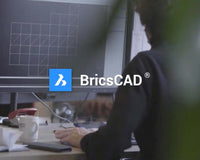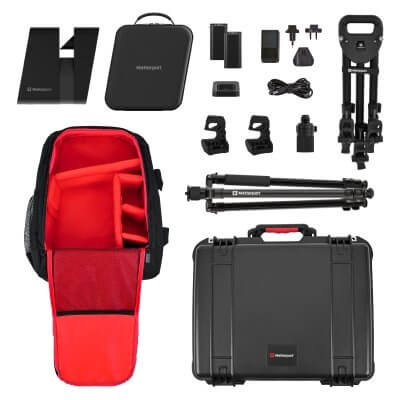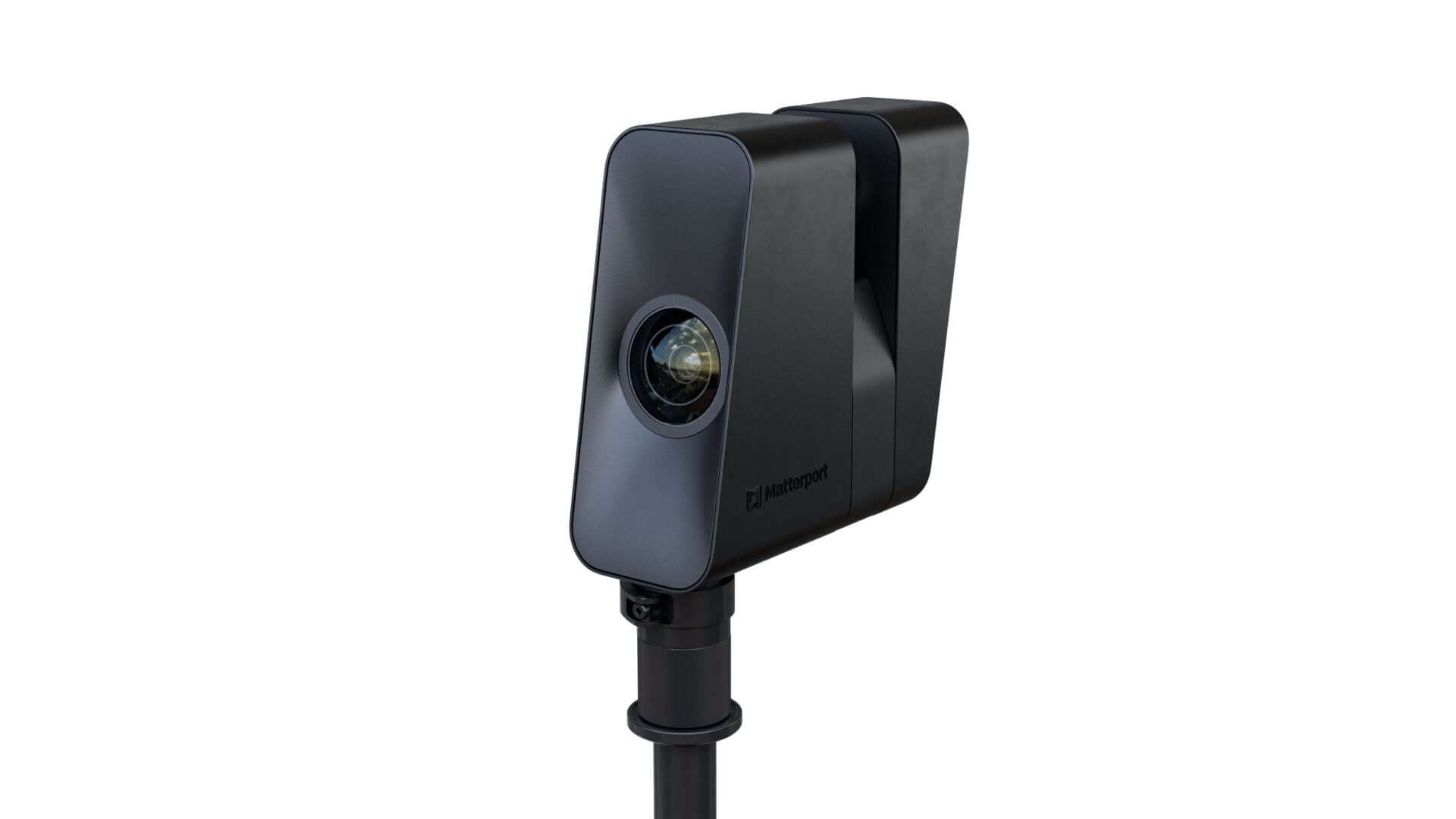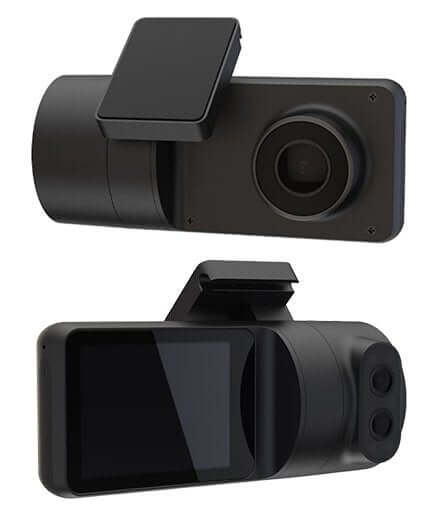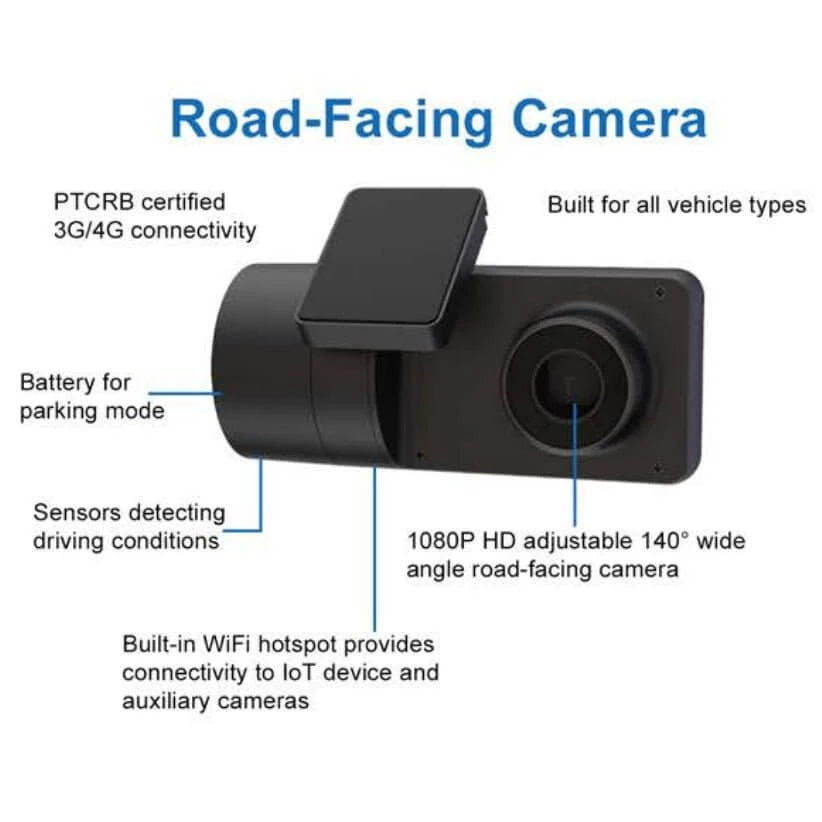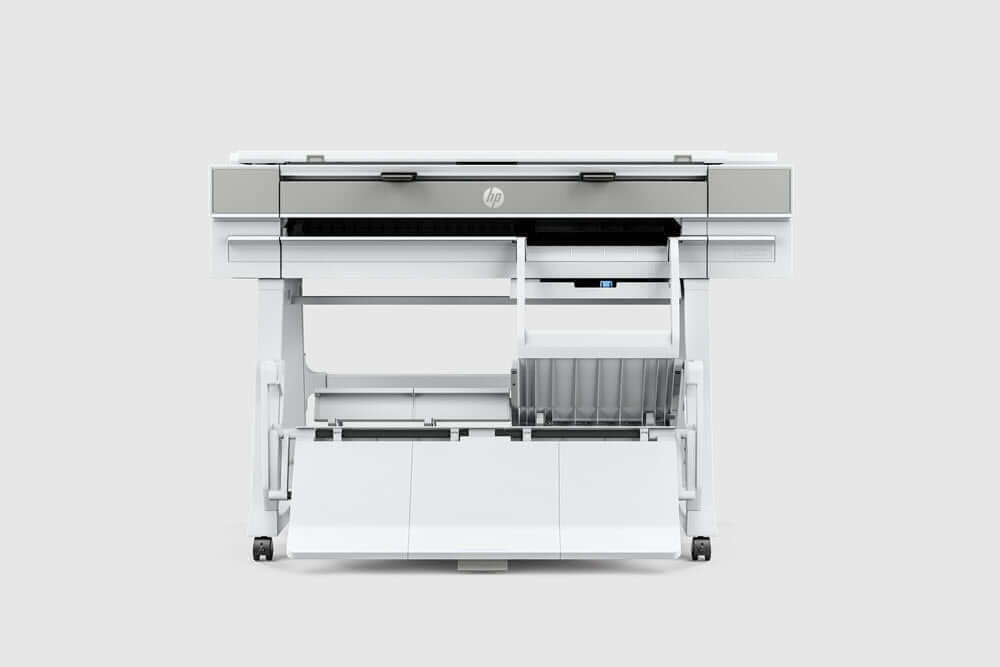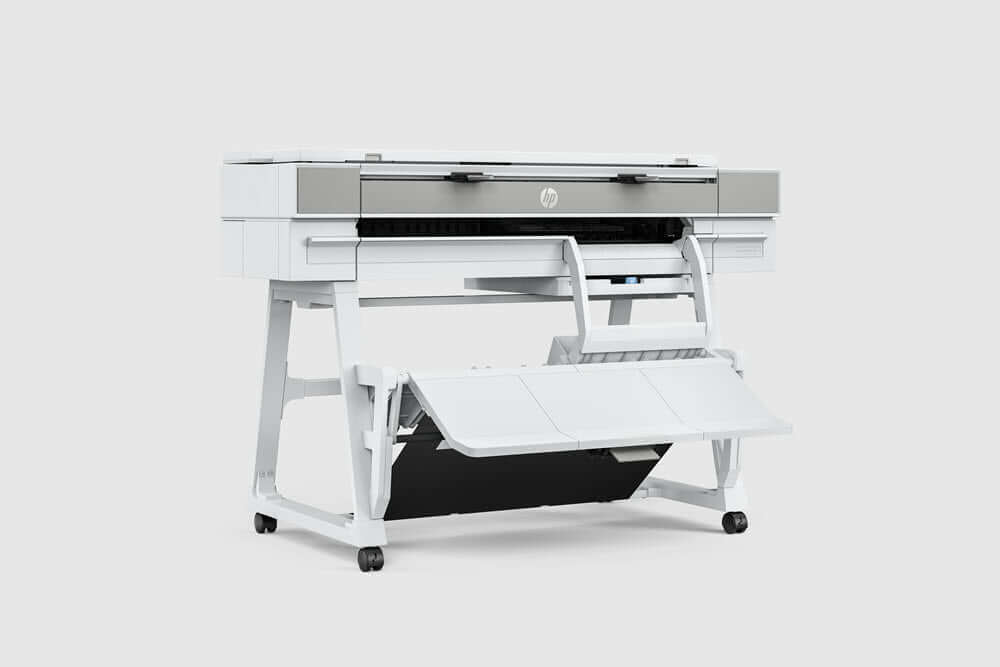No matter which brand of ink jet plotter you have, most all are built on the same type of mechanical platform. Therefore, ALL wide-format printers are susceptible to the same types of operational issues. So, after tapping into the vast and omnipotent resource of our technicians' mega-minds here are the 3 most common issues, and suggestions solutions for each.

Dead Print Heads - Over time, print heads will naturally wear out and need to be replaced--just like brakes on your car. But, they can fail prematurely if they aren't properly cared for properly. Most wide-format printers, however, are sophisticated enough to self-diagnose the problem and alert you of the fact. But, that is not always the case. Sometimes print quality issues will start happening for no apparent reason. Unless there is another suspected culprit, the print head is a great candidate as the source of the issue.
- Non-use is the biggest culprit to early print-head failure. This can be an unintended consequence of powering off the machine in periods of low or non-use.
- Each print head has thousands of microscopic nozzles which can easily clog with dried ink if the liquid isn't kept flowing. Think about the concept of leaving a dripping faucet on a freezing night. The same concept applies.
- The two easiest remedies are to 1) perform routine internal print head checks and calibrations and 2) leave your machine powered on so that the automated cycle maintenance can be performed.
Paper Jams and Poor Stacking - Most wide-format printers rely on a gravity-fed delivery system. In other words, the printed sheets simply fall out of the machine into a catch basket. There have been advancements made in the past few years to offer plotters with better integrated stacking offerings. An example of this is the paper output tray included with the Canon iPF850. However, many wide printers still use the drop-basket format. In that case, here are a few ideas.
- Often, jams and stacking issues are exaggerated by curled plans. This often is a byproduct of ink saturating the paper media and curling as a result. If this is problematic, try printing on a heavier stock.
- LED plotters can have issues with static electricity. Although frustrating, this is an easy problem to correct with some anti-static measures. Consult with a service technician to see the best practice for your particular unit.
- Some systems offer flat stacking trays that are effective, but they can take up quite a bit of room.
- Newer models are coming equipped with integrated top-stacking units. In fact, all of the Océ wide-format systems are formatted this way.
Software Compatibility - This is a big one, especially when upgrading an OS.
- Plotter manufactures systematically drop software support on older models when they announce an end to hardware support.
- Many tried and true legacy plotters won't be able to make the jump to newer OS platforms because the manufacturers has ceased development on driver upgrades..
- Unfortunately, sometimes the only fix is to upgrade your printer technology with your operating system. The good news is that the price of wide-format printers is significantly less than they were even just a few years ago. In fact, you might be shocked to see how inexpensive some new plotters are today.



![Toner vs Inkjet Plotter Comparison [2023 ] - TAVCO](http://tavcotech.com/cdn/shop/articles/toner-vs-inkjet-plotter-comparison-2023-551095_100x80_crop_center@2x.jpg?v=1702919547)

